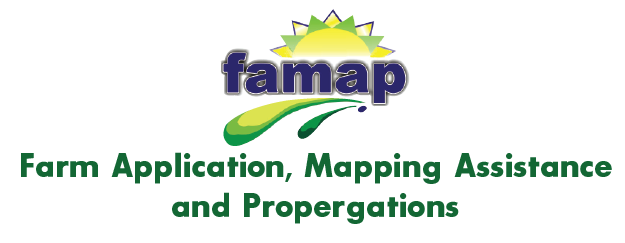PARROT

Raising parrots can be both challenging and rewarding. Making a profit from breeding birds takes time, and some species only breed one time each year. Adequate housing, good nutrition and maintaining a sanitary environment are crucial to success, as avian diseases can spread rapidly through an aviary that is not properly cared for.
Breeding Stock
Careful research is needed to determine the best species of parrots to raise. Factors to consider when choosing the types of birds to raise include climate, housing requirements, breeding seasons and the average number of chicks the species tends to produce on a yearly basis. Supply and demand plays a part in the value of the parrots you raise. Typically, the fewer offspring a species produces, the higher the value of the birds.
Birds that are easy to breed and produce a larger quantity of offspring will be less costly to purchase. Also keep in mind that some species will not breed if mixed with other types of birds in the aviary. Some parrots, like Amazons and cockatoos, are unable to be sexed visually. Unless you completely trust the breeder you are purchasing birds from, be sure to request DNA testing to be certain you are buying a male and female pair. DNA testing requires a small blood sample and is fairly inexpensive to have done.
Housing
Unless you are breeding just a few pairs or focusing only on small species of parrots, you will likely want to build an aviary outside of your home. Depending on your climate, this may be an outdoor aviary or a separate building on your property. Temperature control, lighting and ventilation are the most important elements to consider when designing your aviary. Before you begin building an aviary, be sure to determine what species you will breed and what housing requirements must be met for successful breeding. Most breeders prefer to cage each pair of parrots individually. A nest box is hung on the outside of the cage for the hen to lay eggs and raise the young birds.
Hand feeding
In order for a parrot to be friendly and socialized, it must be taken from its parents and hand fed formula. This is done when the youngest baby from the clutch is about two weeks old. Hand feeding is a very labor intensive undertaking, and if not done properly can have deadly results. If you have never hand fed parrots before, find another local breeder who can teach you how to properly hand feed before your first babies hatch. While most parrots will raise their offspring if provided the opportunity to do so, it is very difficult to tame a parent-raised young bird. Because hand fed parrots make friendly and outgoing pets, hand feeding your babies will result in much higher profit margins.
Sales
Opportunities for selling your young birds will vary, depending on the number of babies your pairs produce. Breeders often sell wholesale to pet stores or brokers, attend bird fairs or bird shows to sell to the public, or sell directly to the public from home. Placing online advertisements, ads in local papers and signs at pet stores are ways for the general public to learn about your birds.














